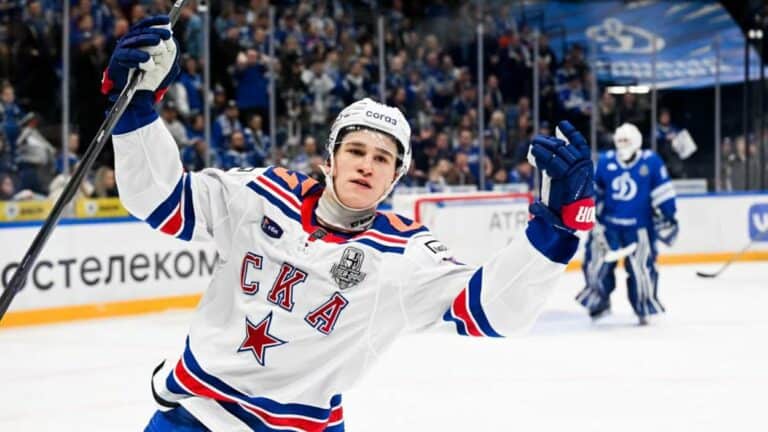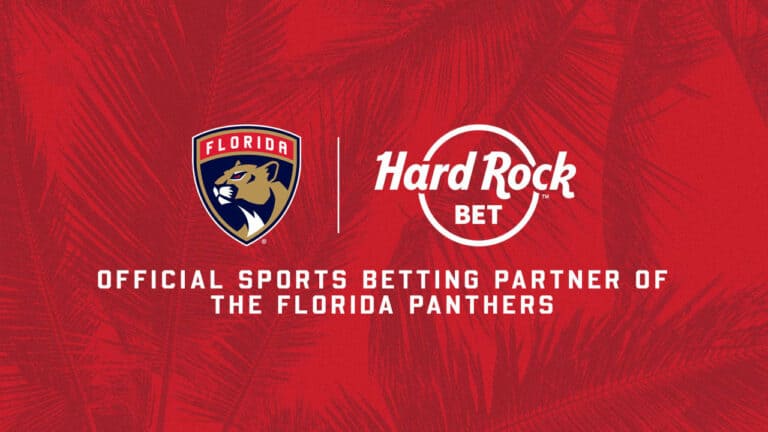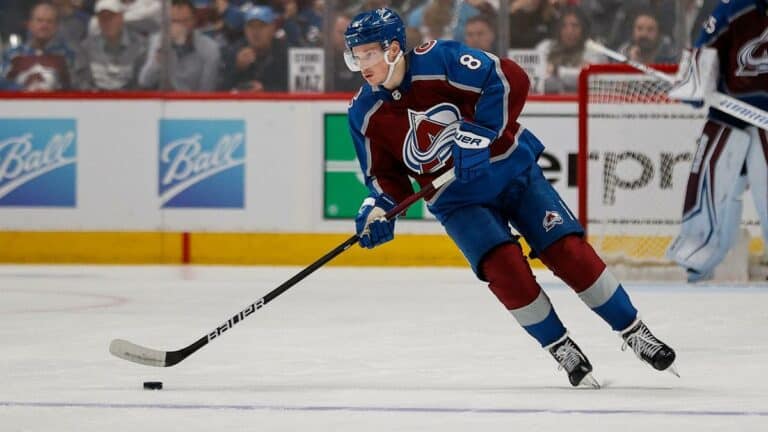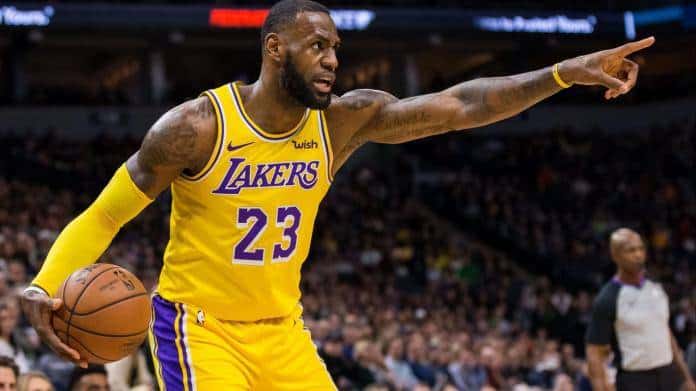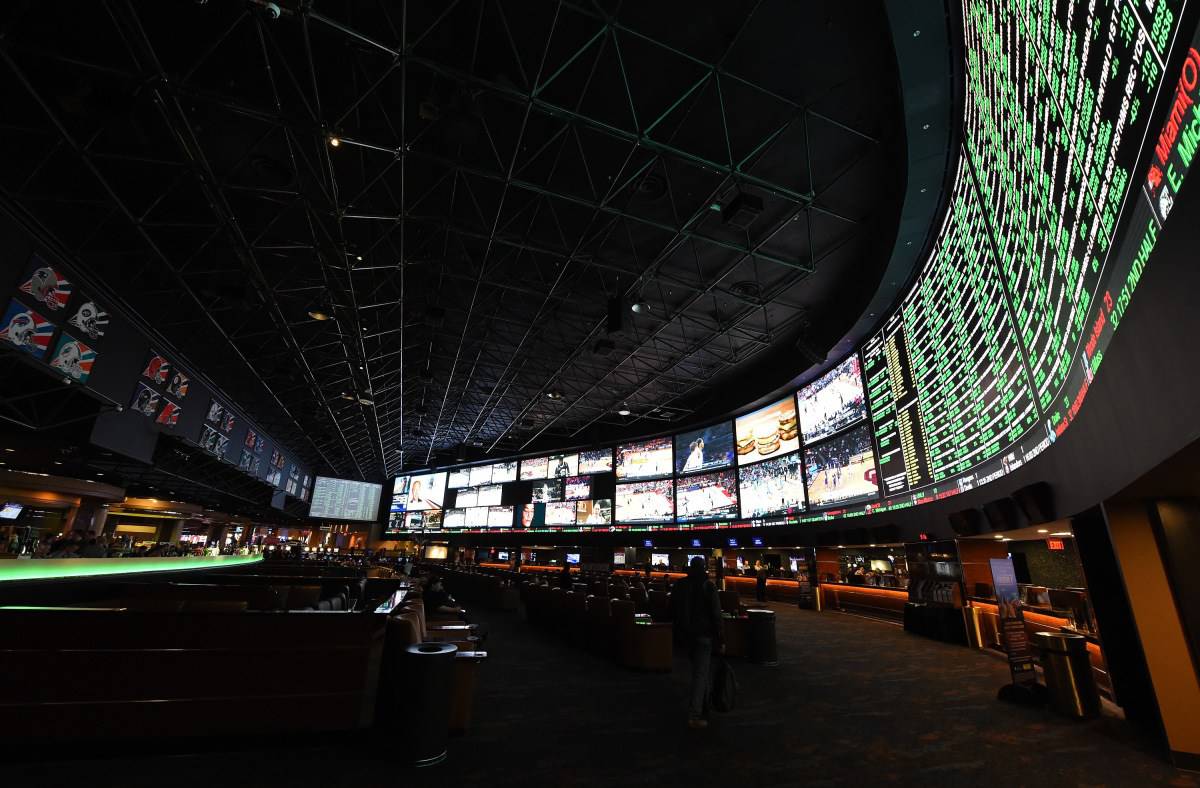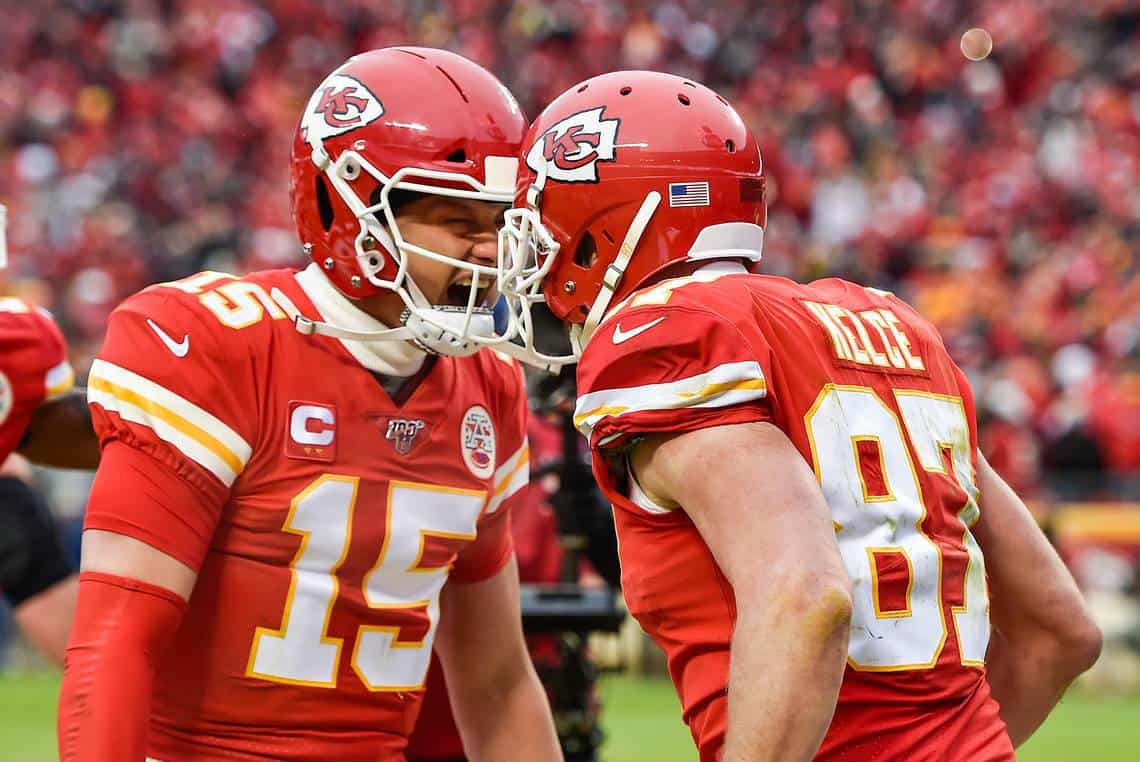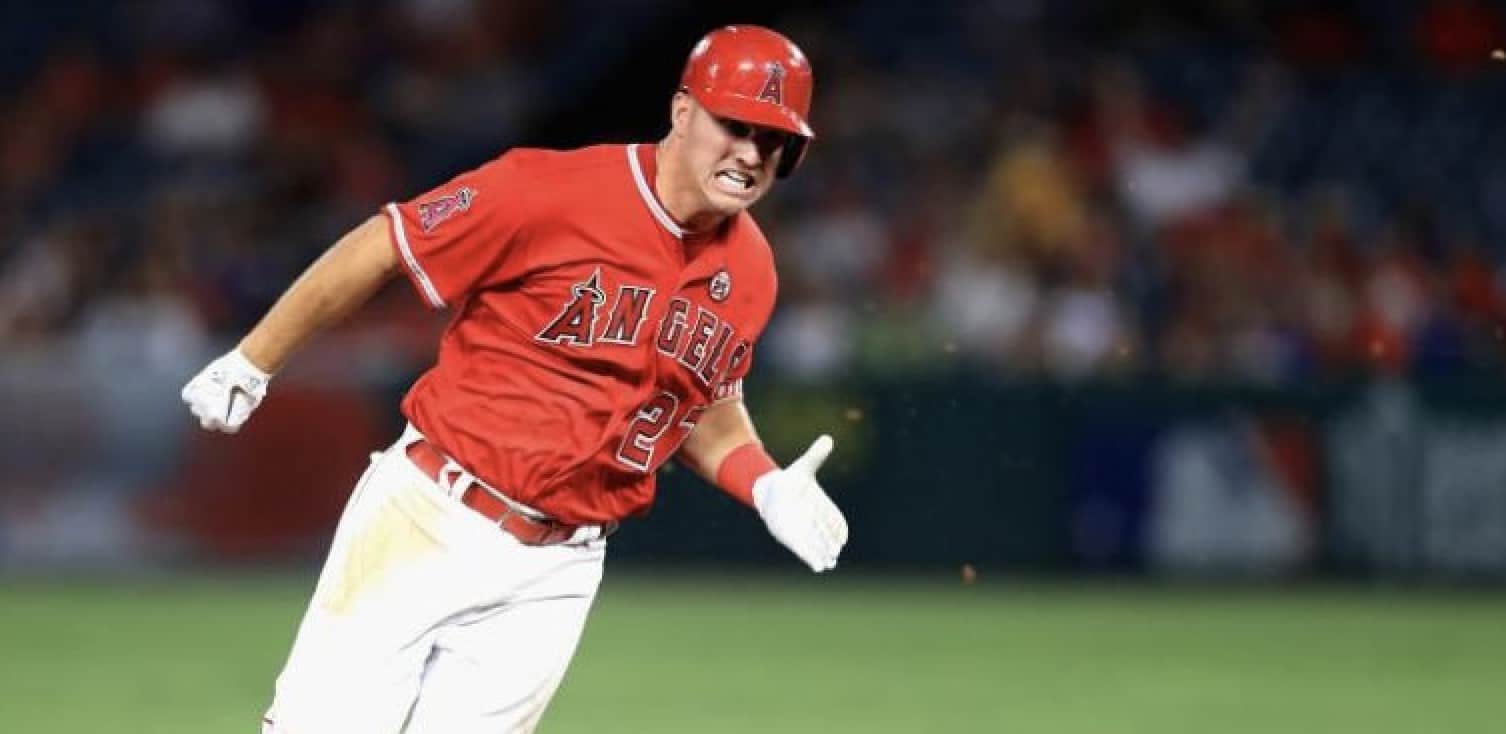NHL Betting
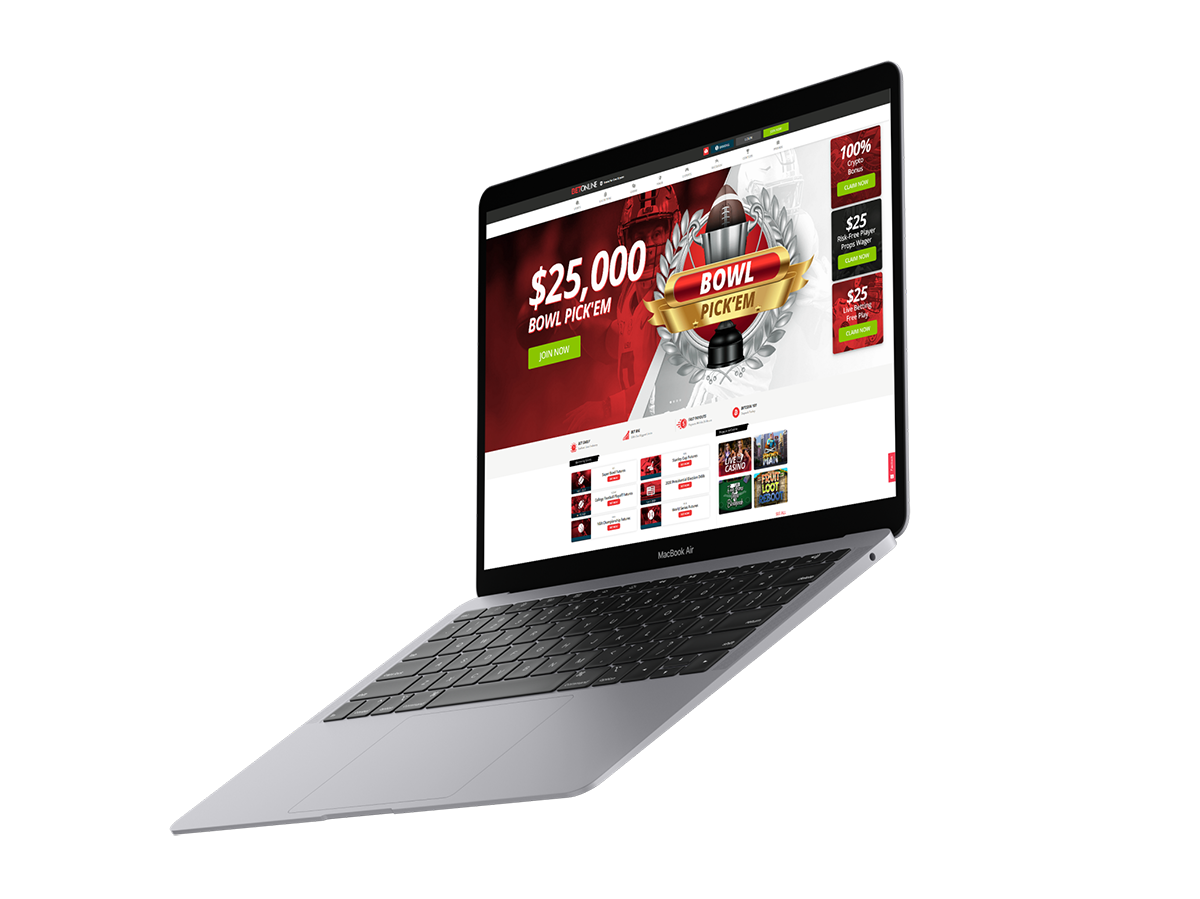
 BetOnline
BetOnline
Bonus
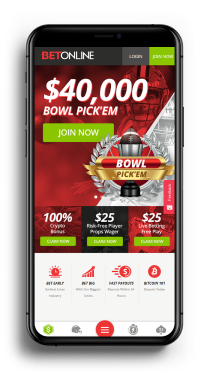
NHL Betting News
NHL HOCKEY BETTING
Introduction To NHL Hockey Betting
For years, hockey has been one of the most underappreciated betting sports on the board. The general public in the United States is starting to realize what a great sport it is to watch but for whatever reason betting on the NHL has languished far behind. Historically, it has been neck and neck with baseball as the least popular betting option of the four major North American sports.
The good news is that might be starting to change thanks to the unprecedented first season success of Las Vegas’ NHL team, the Vegas Golden Knights. For those of you who have been living under a rock for the past year, Vegas shocked the sports world first by winning the Pacific Division and then by reaching the Stanley Cup Finals where they lost to the Washington Capitals. As you can imagine, the city of Las Vegas went insane over their new team and packed their home ice at the new T-Mobile Arena. They also put a lot of money through the city’s betting windows backing the Golden Knights. And why not? The Knights not only won a lot of games and put a lot of butts in the seats they made a ton of money for bettors. They finished the 2017-2018 season with a record of 62-34 for +23.9 units. That doesn’t count the huge payback you would have made on props and futures bets. The Golden Knights weren’t the only betting beneficiary for sportsbooks as betting on the NHL in general was up across the board.
The question now becomes one of longevity. Was the surge in NHL betting a short term function of the Golden Knights’ stellar debut season or is it a case of the ‘public’ finally realizing what a great betting sport NHL hockey is? Probably a little bit of both. The Knights will be hard pressed to reprise their performance of last year—making back to back Stanley Cup Finals is hard for any NHL team. If they drop off from their first season it’ll be interesting to see what sort of impact it has on betting revenue for the Vegas team specifically and the NHL in general.
Vegas reached a level of success unheard of by any US pro sports expansion team but in context it’s just the latest improbable occurrence in the wild history of the National Hockey League. The NHL was founded in 1917 and for the first 25 years of existence was in a competitive battle against two other leagues, the Pacific Coast Hockey Association and Western Canada Hockey League. The league we know today finally started to take shape in the early 1940s though at the time there were only six teams in the league. The ‘Original Six’ as they've come to be known are still viable to this day and include the Montreal Canadiens, Boston Bruins, Toronto Maple Leafs, Chicago Blackhawks, Detroit Red Wings and New York Rangers.
What’s really hard to believe isn’t that the NHL had only six teams during their formative years but that they maintained that small number up until 1967. In 1967, the league doubled in size in an expansion primarily intended to establish a base on the West Coast. The league added two California based teams—the Los Angeles Kings and the now defunct California Golden Seals based in San Francisco. Also joining the league were the Minnesota North Stars (now the Dallas Stars), the Philadelphia Flyers, the Pittsburgh Penguins and St. Louis Blues. Two years later, they added a pair of teams in hockey hotbed cities—the Vancouver Canucks and Buffalo Sabres.
In 1972, the NHL once again faced competition from an upstart league called the World Hockey Association (WHA). The WHA changed the dynamic of the game in many ways, not the least of which was the financial structure of pro hockey. After they lured superstar Bobby Hull to the new league with a $2.75 million US deal the WHA was taken seriously. The new league also forced the NHL’s hand with regard to further expansion.
The original plan was for the NHL to remain at 14 teams indefinitely but the ‘threat’ of the WHA started a competition between the leagues for prime sports markets. The immediate result of this was the addition of the Atlanta Flames (now in Calgary) and the New York Islanders for the 1972-1973 season. They added two more teams in 1974 which pushed the league to 18 teams. As a result of the spending spree, both leagues faced serious financial issues by 1976 which led the NHL to approve franchise relocation for the first time since the 1930s. Eventually, the WHA proved to be financially untenable and merged with the NHL in 1979.
While the NHL doesn’t have the broad popularity of the NFL they do have a strong and passionate fanbase that has kept most of the teams in good shape financially. The addition of the Vegas Golden Knights took the league to 31 teams and the NHL has had considerable success in some other non-traditional hockey markets with the Nashville Predators, the Tampa Bay Lightning and the Columbus Blue Jackets.
Types of NHL Hockey Bets
We’ll talk a bit more about National Hockey League history in a moment because major rule changes in 1999 and 2005 changed the betting component of the game substantially. Before we get to that, however, we’ll start with the most basic of all hockey bets:
Side Plays
Straight moneyline plays became increasingly popular in the early 2000s as the NHL’s innovative rule changes rendered the traditional hockey betting formats obsolete. Side plays in the NHL on the moneyline are the same as in baseball. The bettor picks a team and lays the moneyline price. If they win the game, he wins his bet. There are no pointspreads or other conditional elements involved.
Moneyline odds—such as used in baseball and hockey—are exclusive to North America. More specifically, you won’t see them in wide use anywhere outside of the United States and Canada. In fact, many European based sportsbooks refer to moneyline odds as 'US odds'. Elsewhere in the world, moneyline odds are held in serious contempt and often conflated with ‘American backwardness’ the same way they do with the metric system. In Europe (another huge hockey betting market), you're more likely to see fractional odds or decimal odds. It's important to remember that they all mean the same thing.
For example:
-150 = 2/3 = 1.66
or
+125 = 5/4 = 2.25
It’s not a bad idea to get a handle on fractional and decimal odds just so you’ll have a greater fluency with the entire concept of betting odds. On a practical level, however, you’ll likely never need to use them if you so choose. Any sportsbook with a North American clientele will at the very least offer the option to have odds displayed in ‘US’ or ‘moneyline’ format. The important thing to remember is that moneyline odds are just an alternate way to express fractional odds.
If you’re able to wrap your head around moneyline concepts, hockey odds will get significantly easier. As in every other sport hockey games have a favorite and an underdog but the differential is found in the odds and not a pointspread. Here’s an example of game from the 2017-2018 NHL regular season between the Nashville Predators and San Jose Sharks:
SAN JOSE SHARKS +130
NASHVILLE PREDATORS -150
In this matchup, the Nashville Predators are the home team playing at Bridgestone Arena and are a -150 favorite over the San Jose Sharks. This means that if you want to bet on the Predators you have to lay -150 to win -100. Another way to express this: you have to bet $1.50 for every $1.00 or $150 for every $100 that you want to win by backing the Preds. Let’s say you bet $150 to win $100 and the Predators win the game. The bookmaker will pay you a total of $250 which includes the $150 original stake and a $100 profit.
If you want to bet the San Jose Sharks you'll get +130 for every 100 you bet. In monetary terms, this means you'll receive $1.30 back for every $1.00 you bet on the Sharks. If you bet $100 on San Jose and they emerge victorious the book will pay you a total of $230—your $100 original stake and $130 of profit.
Another key point about NHL moneylines—unless specified otherwise they’re graded based on the eventual outcome of the game no matter if it is decided in regulation, overtime or the shootout. The 2005 NHL rule changes eliminated the possibility of tie games altogether which more than anything else was the catalyst of the moneyline’s popularity in hockey betting. Some sportsbooks offer moneylines based on the first sixty minutes only. If the game isn’t decided in regulation, this bet is a ‘push’ and all bets are returned.
Puck Line Plays
This is as good a place as any to introduce the concept of puck lines. For some reason, many novice hockey bettors find puck lines brutally confusing but they don’t have to be. So let’s return to our history of hockey rule changes in the 21st century as it is central to understanding puck lines. Hockey betting was transformed forever in 2005 when the NHL added a shootout to their overtime rules. This eliminated the possibility of a tie completely. The NHL used an overtime period until 1943 but eliminated it due to personnel shortages caused by World War II. Not sure what this had to do with ‘personnel shortages’ but that’s the explanation they game. From that point forward, games that were tied after 60 minutes ended that way. Teams got 2 points in the standings for winning a game and 1 point for a tie. That changed in 1983 when the league introduced a five minute overtime period. It was a big move, but didn't result in a substantial change for hockey betting or handicapping.
The shootout created profound upheaval for hockey bettors. Historically teams would often 'play for a tie'. The frequency of ties were the primary reason that the most popular type of hockey betting odds involved a puckline of +1/2 goal or -1/2 goal. The half goal each way was just like a pointspread in football and meant that the team getting the +1/2 goal would cash betting tickets should the game end in a tie. It also meant that betting on a team that was laying the -1/2 goal required winning the game to cash the ticket. ‘Sharp’ NHL hockey bettors would target situations such as average home teams playing against superior road teams getting a half goal. In matchups of this type, everyone involved was happy playing for the tie and the bettor getting a half goal cashed his ticket. Now, all hockey games produced a winner either in overtime or in the shootout. The overtime rules have continued to evolve over the past decade going from 5 on 5 to 4 on 4 and finally 3 on 3. The end result is the same—playing for the tie is no longer possible and that had a dramatic impact on betting.
The elimination of the ties had two major impacts on NHL side bets. First, it popularized the use of the straight moneyline as noted above. Secondly, it required that puck lines be tweaked making the most common price +1.5 goals or -1.5 goals. Here’s an example using another game from the 2017-2018 season shown using a straight moneyline followed by the ‘new style’ puck line:
NASHVILLE PREDATORS -250
BUFFALO SABRES +210
NASHVILLE PREDATORS -1.5 +120
BUFFALO SABRES +1.5 -140
As with the straight moneyline, the puck line is based on the full game result including overtime and shootout. It also changes the dynamic of hockey handicapping completely. If you’re going to lay the -1.5 goals you’re essentially betting not only on a win but on a decisive win since ‘your’ team has to be victorious by 2 or more goals to cash the ticket. It also means that the underdog is a winner anytime the game is tied at the end of regulation and heads to overtime and/or a shootout. Furthermore, the dog cashes a ticket should they lose by only one goal!
So the underdog is a no-brainer, right? Not so fast. Pay attention to the big difference in the moneyline. Let’s look at a more competitive game from last season to illustrate that point better:
WINNIPEG JETS +105
WASHINGTON CAPITALS -125
WINNIPEG JETS +1.5 -270
WASHINGTON CAPITALS -1.5 +230
So you have a very complex decision to make. You can bet on the Jets +105 but they have to win the game. Alternately, you can take the +1.5 goals which will make your bet a winner should Winnipeg win outright, lose in OT or shootout or lose in regulation by one goal but it will definitely cost you since you have to lay -270. On the other hand, if you’re extremely confident of a Capitals’ victory you can lay the 1.5 goals and get a +230 underdog price. Alternately, you can lay the -125 and save yourself the anguish of watching your team win by one goal and lose the bet. As it turned out in this game the score was tied at the end of regulation meaning that had you decided to lay the 1.5 goals with Washington your bet was a loser at that point. It would have been no consolation when Evgeny Kuznetsov scored at 4:11 over overtime to give the Capitals the win.
Now the postscript to all of this—in an interesting twist the +1/2 or -1/2 goal puck line is back from the dead. Not every book offers it but a growing number of books with strong hockey coverage do. And just like the good ol’ days the outcome is based on the first sixty minutes of the game only (in fact, you’ll often see it listed as a ‘first sixty minute’ bet). Here’s another game that we’ll use to compare the straight moneyline, the puck line and the ‘first sixty minutes’ puck line:
NEW JERSEY DEVILS +220
SAN JOSE SHARKS -260
NEW JERSEY DEVILS +1.5 -150
SAN JOSE SHARKS -1.5 +130
NEW JERSEY DEVILS +1/2 +125
SAN JOSE SHARKS -1/2 -145
So just as a refresher, let’s go through all three of these bet types. The ‘straight moneyline’ bet is based on the full outcome of the game including overtime and shootout. If you want to bet the Sharks in this matchup you'll have to lay -260 to win 100. Another way of putting it—you have to bet $2.60 for each $1.00 or $260 for each $100 you want to win on San Jose. If you want to back the Devils, you'd bet 100 and receive a payout of 220 if they win. It's the same as getting $2.20 back for every $1.00 you bet or $220 back for every $100. Most straight moneyline bets include overtime but some sportsbooks offer moneyline bets on the 'first sixty minutes' only. With a 'first sixty minute' bet your team has to win in regulation to cash the bet. If the game goes to overtime, it's a 'push'. More typically, a sportsbook that offers ‘first sixty minute’ bets will get the ½ goal puckline involved.
In the second example, if you want to bet the San Jose Sharks you'll lay 100 to win 130 or $100 for every $130 you want to win BUT they must win by two goals and cover the -1.5 puck line. This means that if the game goes to OT or shootout, the underdog wins. If the Sharks win by 1 goal in regulation, the underdog also wins.
If you want to bet on the New Jersey Devils you must lay -150 to win 100 (or $150 for every $100 you want to win). You'll cash your ticket if the Devils win the game in regulation, overtime or shootout OR lose by 1 in any manner.
The ½ goal puck line in the final example is a 'first 60 minutes' wager. This means if you're laying -1/2 goal you have to win in regulation. If you're getting the +1/2 goal you have to win in regulation or lose in overtime or shootout (where regulation will end in a tie).
Best case scenario, your sportsbook should offer both moneyline and puckline for the full game and first sixty minutes. It's very helpful to have the option to make different bets for different tactical reasons depending on the specific circumstances of a matchup.
Totals Plays
Now we’ll get back to something much more simple. Totals plays are just like any other sport and should be familiar to everyone. The sportsbook sets a total number of goals and you can bet 'Over' or 'Under', usually with a moneyline attached:
NEW JERSEY DEVILS OVER 5 -115
SAN JOSE SHARKS UNDER 5 -105
Some sportsbooks also offer team totals. These are the same as regular totals but graded based on the individual output of each team:
NEW JERSEY DEVILS OV 1.5 -190 UN 1.5 +165
SAN JOSE SHARKS OV 2.5 -170 UN 2.5 +150
Unless specified otherwise, totals are based on the full game outcome including shootout and overtime although many books offer the option for a ‘first 60 minute’ total.
Period Bets
Many sportsbooks offer players the option of wagering on each individual period of the hockey game. Here’s an example of a first period line which includes a straight moneyline, a first period puck line and a first period total:
NEW JERSEY DEVILS +1/2 -150 OV 1.5 +130 +175
SAN JOSE SHARKS -1/2 +130 UN 1.5 -150 -210
(FIRST PERIOD ONLY)
Players love these ‘partial game’ bets so you’ll find sportsbooks that take them to the extreme by offering betting lines on the first five, ten and fifteen minutes of a period. No matter the time parameter, these lines are no different than the full game odds we learned about above.
Prop Bets
Some sportsbooks offer prop bets for every regular season NHL game with varying degrees of complexity. At the extreme, you’ll see props co-opted from soccer betting like halftime/fulltime wagers, first player to score, two way wagering and others. One of the most common props is the ‘Will the game go to overtime?’ bet:
WINNIPEG JETS/WASHINGTON CAPITALS--WILL GAME GO TO OVERTIME?
YES, GAME GOES TO OT +300
NO, NO OVERTIME -350
If you want to place this bet keep in mind that more NHL games are going to overtime than they did just a few years ago. During the 2014-2015 season 24.9% of all games went to overtime and over the past decade the percentage of overtime games has fluctuated between 22 and 25%.
Futures Bets
Following the Stanley Cup Finals run of the expansion Vegas Golden Knights last year there’s every reason to expect that futures betting will be more popular than ever going forward. The premise of futures odds is easy enough—pick a team to win a championship or other superlative and if they win you’re paid at the designated odds. Here’s the opening ‘odds to win the 2017-2018 Stanley Cup’ that was released immediately after the end of the 2016-2017 playoffs. This set of odds includes the infamous Vegas Golden Knights at +15000 to win price!
To Win 2017-2018 Stanley Cup
| Pittsburgh Penguins: | +750 |
| Edmonton Oilers: | +1150 |
| Chicago Blackhawks: | +1150 |
| Washington Capitals: | +1250 |
| Tampa Bay Lightning: | +1250 |
| Nashville Predators: | +1250 |
| Anaheim Ducks: | +1500 |
| Montreal Canadiens: | +1650 |
| Dallas Stars: | +1650 |
| Toronto Maple Leafs: | +1650 |
| New York Rangers: | +1750 |
| Columbus Blue Jackets: | +1750 |
| Minnesota Wild: | +2150 |
| Los Angeles Kings: | +2500 |
| San Jose Sharks: | +2500 |
| Boston Bruins: | +3250 |
| Calgary Flames: | +3250 |
| Ottawa Senators | +3500 |
| St. Louis Blues: | +3500 |
| Florida Panthers: | +5000 |
| New York Islanders: | +5000 |
| Philadelphia Flyers: | +5000 |
| Winnipeg Jets: | +6500 |
| Buffalo Sabres: | +6500 |
| Carolina Hurricanes: | +6500 |
| Arizona Coyotes: | +7500 |
| Vancouver Canucks: | +9000 |
| Detroit Red Wings: | +10000 |
| Colorado Avalanche: | +10000 |
| New Jersey Devils: | +10000 |
| Vegas Golden Knights: | +15000 |
